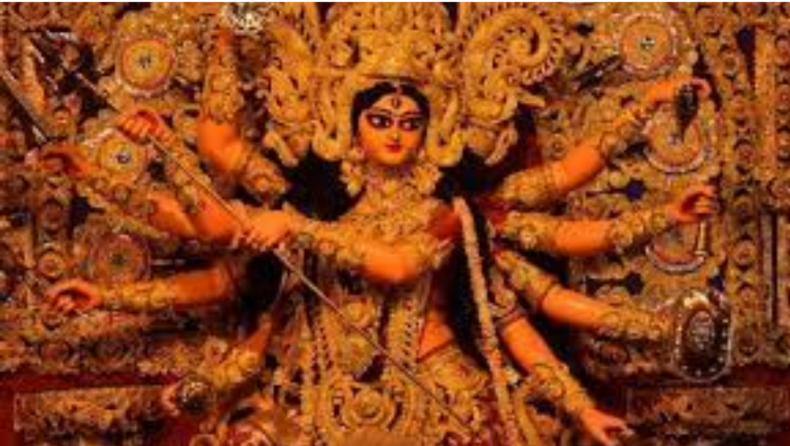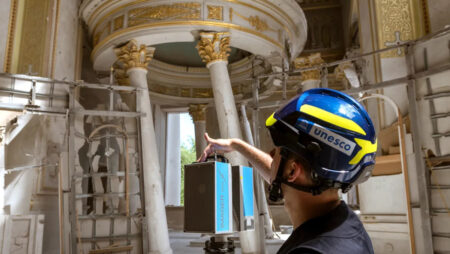“Durga Puja breaks the division of class, religion and ethnicities as crowds of spectators walk around to admire the installations, states UNESCO“.
The 16th session of UNESCO’s Intergovernmental Committee for the Safeguarding of the Intangible Cultural Heritage held virtually from December 13 to 18 conferred “Durga Puja in Kolkata” on the Representative List of the Intangible Cultural Heritage of Humanity.
The official statement released by UNSECO states Durga Puja as being seen as the best instance of public performance of religion and art, as thriving ground for collaborative artists and designers. It is characterized by large-scale installations and pavilions in urban areas and traditional Bengali drumming and awe of the Goddess.
Prime Minister Narendra Modi rejoices in this recognition and shares it on his Twitter account; it is a moment of joy and pride for every Indian. He also writes that Durga Puja highlights the best of our traditions and ethos. And Kolkata’s Durga Puja is an experience everyone must-have.
UNESCO’s Intangible Cultural Heritage
UNESCO seeks to encourage the identification, protection, and preservation of cultural and natural heritage worldwide, considered of outstanding value to humanity.
UNESCO’s ‘cultural heritage’ does not limit itself to monuments and collections of objects but also includes traditions or living expressions inherited from ancestors and passed on to descendants, such as oral traditions, performing arts, social practices, rituals, festive events, knowledge, and practices concerning nature and the universe or the knowledge and skills to produce traditional crafts.
The intangibility of cultural heritage focuses on transferring the wealth of knowledge and skills from one generation to another, which is of significant importance for minority groups, mainstream social groups, and developing and developed states.
It encompasses traditional, contemporary, and living simultaneously; inclusivity, representativeness, and community-based.
Tag of ‘heritage’ on Durga Puja
Durga Puja is an annual ten-day event celebrated in various parts of the country and some parts of the world to commemorate the awakening of the feminine energy of the cosmos, Shakti (Akal Bodhan). It begins on ‘Mahalaya’ where the eyes are painted on the clay idols and continues till the tenth day (Dashami).
Puja marks its origin at the heart of Kolkata: the city of joy. Thousands of communities celebrate it in their ways, most of the crowd being Bengalis. It is a festival where people get together, decorate the Goddess, where craftsmanship, art, folk music and dance, and culinary become a part of the celebration. In recent times, the trend of awe-striking Puja pandals can be seen.
From 2016 onwards, under the regime of current CM Mamata Banerjee, the city of joy witnessed Durga Puja Carnival- a parade on Red Road to attract global attention and tourism.
An emotion for millions, this festival finally received official recognition conferred by UNESCO on December 15 (Wednesday).
With Durga Puja being added to the list, a total of 14 intangible cultural heritage elements from India have been inscribed on the UNESCO’s Representative List of the Intangible Cultural Heritage of Humanity.












